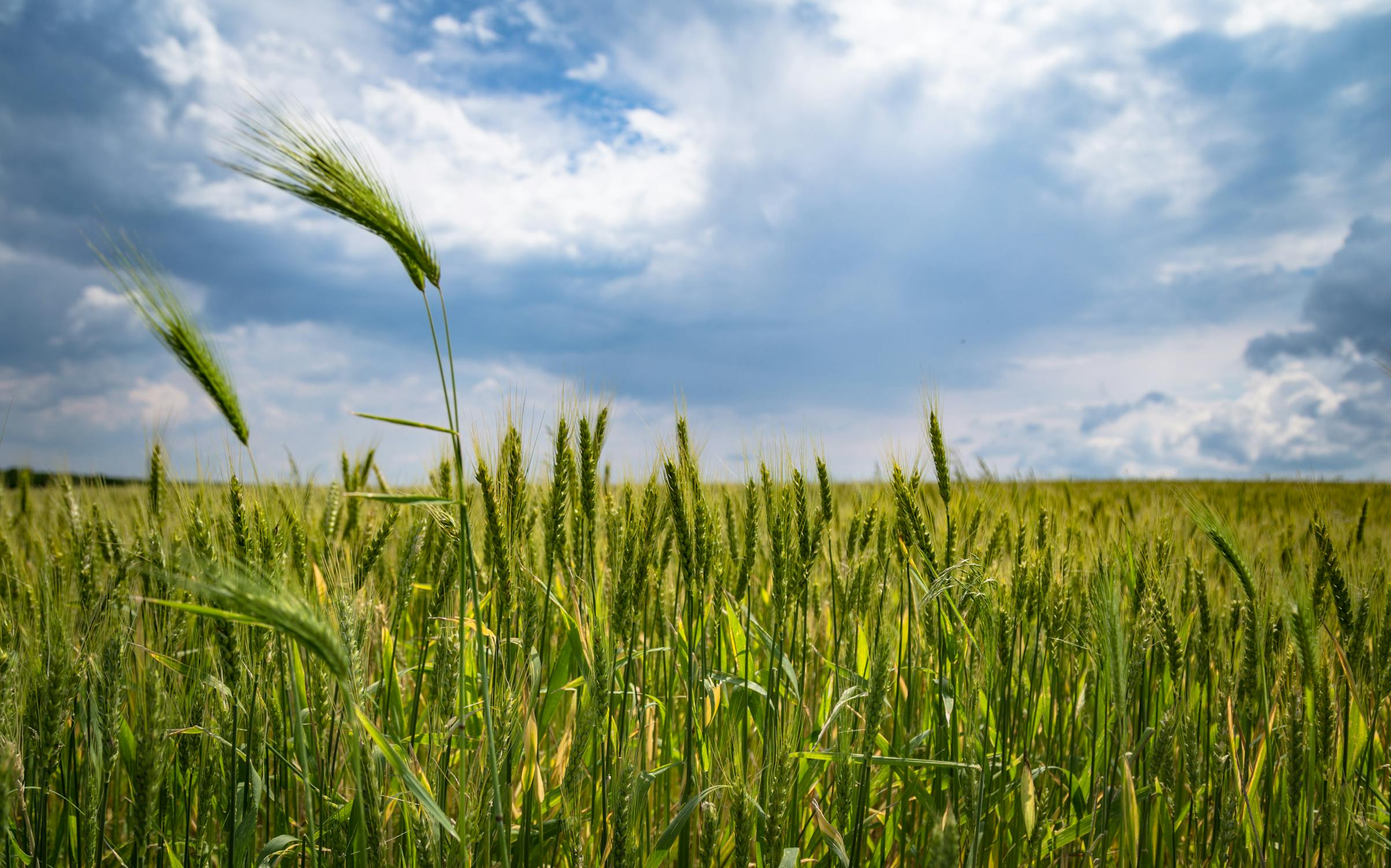
This week in Regenerative Insights, we’re focusing on agricultural innovations and practices that are shaping the future of farming. From volcanic rock capturing carbon to optimizing animal feed for lower emissions, groundbreaking techniques are in many cases turning waste into valuable resources, benefiting both farmers and the environment.
Biodiversity is at the heart of these advancements, with new cacao species and wild hemp harvesting offering climate-resilient solutions and zero-waste materials. Meanwhile, advanced in climate-beneficial cotton and water-efficient rice farming highlight how regenerative practices are creating sustainable supply chains from food to fabric.
In our Research Corner, we explore how supply chains can move beyond sustainability to actively restore ecosystems, fostering a future where businesses and nature thrive together.
Let’s dive in!
Essential Reads:
Animal Feed Optimization
MOOTRAL optimizes animal feed to improve production and reduce waste, leading to a 6% increase in milk yield and a 20% reduction in methane emissions. This innovation creates revenue through carbon credits and provides affordable, efficient feeding solutions for farmers.
Climate-Resilient Cacao
New plant species related to cacao discovered in the Amazon may contribute to developing climate-resilient cacao varieties. This research highlights the importance of biodiversity in agriculture and the potential to create drought-tolerant or disease-resistant cacao trees, supporting sustainable farming.
Read more: Scientists Discover New Plants That Could Lead to Climate-Proof Chocolate
Wild Hemp Utilization
SHIV collaborates with local communities to harvest wild hemp, preventing waste and creating eco-friendly products. This initiative supports sustainable farming, zero-waste manufacturing, and carbon-negative biomaterials, contributing to community development and environmental conservation.
Read more: Nepalese B Corp Model Sustainable Development
Rock-Based Carbon Capture
Volcanic rock residue, typically discarded, can be repurposed to enhance crop growth and capture carbon on farms. This process generates carbon credits without adding emissions, transforming waste into valuable resources while supporting environmental sustainability.
Read more: North East farmers offered carbon capturing volcanic fertiliser
Climate-Beneficial Cotton
MATE the Label promotes climate-beneficial cotton through regenerative farming practices like reduced tillage and crop rotation. The brand also offers plastic-free, seasonless designs and a recycling program, contributing to a circular economy and extending the lifecycle of garments.
Read more: MATE the Label Launches a Climate-Beneficial Cotton Collection Made to Last
Black Agricultural Empowerment
BlackCotton reclaims cotton as a symbol of economic progress and cultural heritage, partnering with brands to raise awareness of Black agriculture. This initiative supports sustainable farming practices and promotes education and mentorship within the Black Belt community, fostering empowerment and cultural pride.
Read more: Major Brands Cultivating Regenerative Supply Chains
Water-Efficient Rice Farming
Mars collaborates with partners to reduce water usage in rice farming while improving crop yields. This initiative focuses on implementing climate- and water-friendly practices, supporting sustainability for both U.S. farming communities and the global rice crop.
Research Corner:
Unchaining Supply Chains
This new piece in the Journal of Supply Chain Management explores how supply chains can move beyond minimizing harm and instead actively contribute to regenerating social-ecological systems. It proposes three principles—proportionality, reciprocity, and poly-rhythmicity—for creating regenerative supply chains. The study highlights the need for rethinking supply chain coordination, governance, and resilience, integrating sustainable practices that align with both local ecosystems and broader social needs
Quick Takeaways:
Optimize animal feed: Adjust animal diets to improve production and reduce methane emissions from livestock.
Utilize biodiversity: Incorporate new plant varieties to develop climate-resilient and disease-resistant crops.
Harvest wild plants: Prevent waste and create eco-friendly products by utilizing naturally growing hemp.
Practice regenerative farming: Use reduced tillage and crop rotation to grow climate-beneficial cotton.
Empower local agriculture: Promote sustainable practices and cultural heritage in farming communities.
Reduce water use: Implement water-efficient methods in rice farming to improve yields sustainably.
